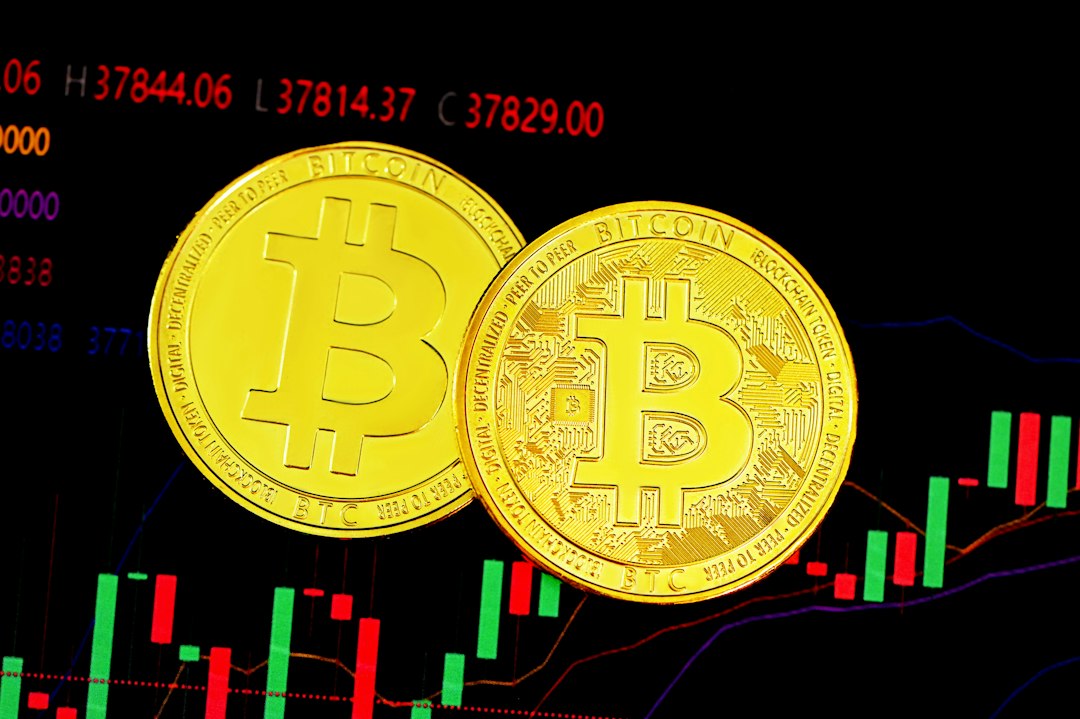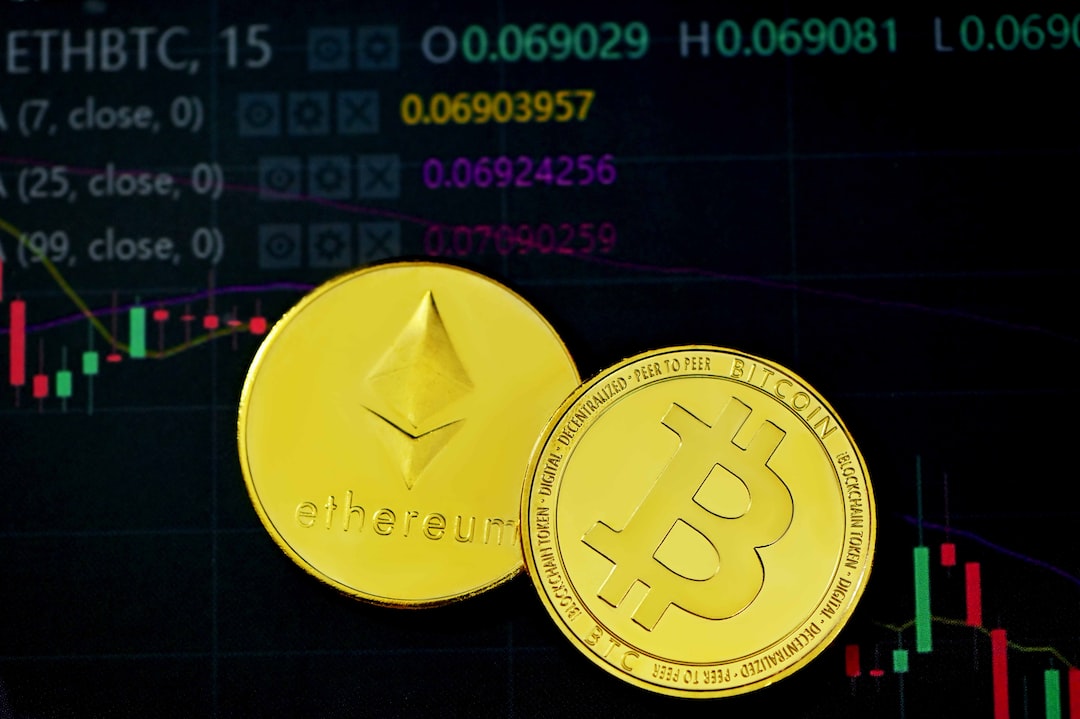Bitcoin Slides Below $41k as Selling Pressure Persists
Over the weekend, Bitcoin experienced a dip below the $41k threshold, continuing its pullback after failing to break through resistance at $43k. This decline in price has been mirrored by the broader crypto market, which has seen a loss of about $50 billion since Saturday’s peak.
Altcoins Follow Suit with Ethereum, Solana, and Avalanche Seeing Significant Losses
As Bitcoin faced selling pressure, alternative coins also suffered. Ethereum dropped below $2,200, while Solana and Avalanche saw losses of over 5% each.
Declining Trading Activity and Speculation Impact Market Sentiment
The recent softness in the crypto market can be attributed to fading trading activity and speculation, particularly with the holiday season approaching. Bitcoin’s daily trading volume fell by 30% over the weekend, and fewer coins have been moving to trading platforms recently.
Fading Interest in Bitcoin Futures Signals Weakening Speculative Positions
Not only has trading activity decreased, but open interest in Bitcoin futures has also dropped by over 9%. This indicates a decline in speculative positions as we approach the end of the year.
A Temporary Blip or Extended Retracement?
While some analysts view this pullback as a temporary blip, others believe it could be an extended retracement. With holidays on the horizon and an uncertain macro backdrop, a period of consolidation is expected. To reignite momentum in 2023, Bitcoin may require fresh catalysts such as increased institutional investment flows or regulatory clarity regarding ETFs.
Hot Take: Bitcoin Faces Selling Pressure Amidst Declining Trading Activity
Bitcoin’s recent slide below $41k and the overall decline in the crypto market can be attributed to selling pressure and fading trading activity. As volumes decrease and open interest in Bitcoin futures drops, it signals a diminishing interest among traders and investors. While some view this as a temporary setback, others see it as an extended retracement. The market may need new catalysts, such as increased institutional investment or regulatory clarity, to regain momentum in 2023.





 By
By
 By
By
 By
By
 By
By
 By
By